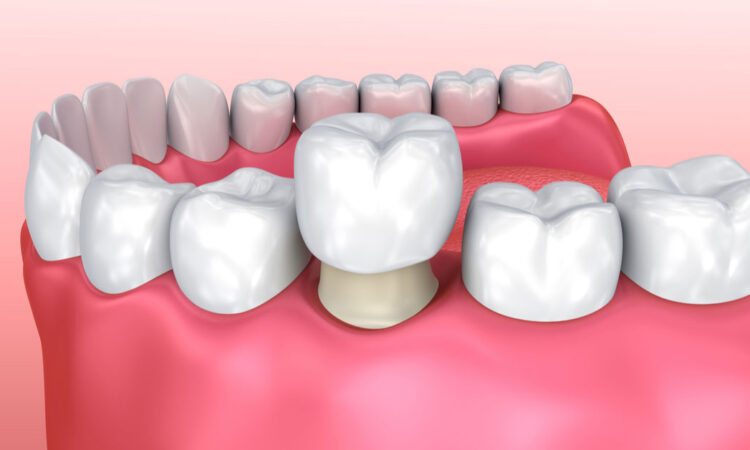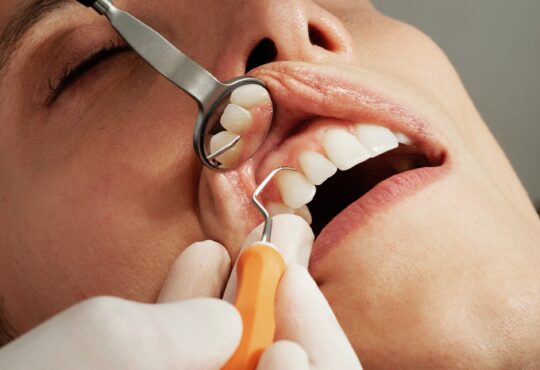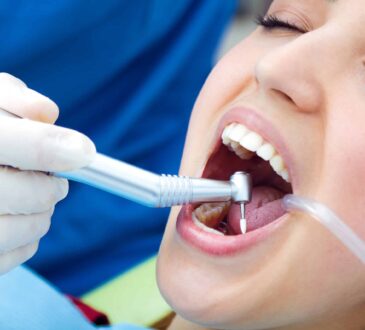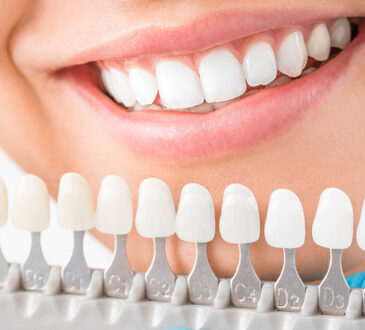The Evolution of Dental Restorations: From Traditional Fillings to Modern Implants

The field of dentistry has undergone significant transformations over the centuries, with advancements in technology, materials, and techniques revolutionizing the way dental restorations are performed. From traditional fillings to modern implants, dental restorations have evolved to provide patients with more durable, aesthetic, and functional solutions for missing or damaged teeth. As a trusted dentist in Maryville, it’s essential to stay up-to-date with the latest developments in dental restorations to provide patients with the best possible care.
In this article, we’ll explore the evolution of dental restorations, highlighting the key milestones, innovations, and benefits of each stage, and what this means for patients seeking dental care in Maryville.
Importance of Dental Restorations
Dental restorations play a vital role in maintaining oral health, preventing further damage, and enhancing overall quality of life. By halting tooth decay, saving tooth structure, and eliminating pain and discomfort, dental restorations help restore the natural function and appearance of teeth. Additionally, they prevent infection, support overall health, and boost confidence and self-esteem, ultimately allowing individuals to eat, speak, and smile with confidence.
Traditional Fillings (1800s-1950s)
The earliest dental restorations date back to the 1800s when dentists used gold, silver, and tin to create fillings for cavities. These early fillings were often cumbersome, expensive, and not very durable. The introduction of amalgam fillings in the mid-19th century marked a significant improvement, offering a more affordable and longer-lasting solution. However, amalgam fillings had their own set of drawbacks, including toxicity concerns and aesthetic limitations.
Composite Resin Fillings (1950s-1980s)
The development of composite resin fillings in the 1950s and 1960s revolutionized the field of dentistry. These tooth-colored fillings offered a more aesthetic solution than traditional amalgam fillings and were also less toxic. However, early composite resin fillings were not as durable as amalgam fillings and were more prone to wear and tear.

Ceramic and Porcelain Restorations (1980s-2000s)
The introduction of ceramic and porcelain restorations in the 1980s and 1990s marked a significant advancement in dental restorations. These materials offered improved durability, aesthetics, and biocompatibility compared to earlier materials. Ceramic and porcelain restorations, such as crowns and bridges, became increasingly popular for their natural appearance and long-lasting performance.
Modern Dental Implants (2000s-Present)
The development of modern dental implants has transformed the field of dentistry, offering a permanent and highly effective solution for missing teeth. Dental implants consist of a titanium post surgically inserted into the jawbone, which supports a prosthetic tooth or crown. Modern dental implants boast high success rates, improved aesthetics, and enhanced functionality, making them an attractive option for patients seeking a long-term solution for tooth loss.
Advances in Digital Dentistry and CAD/CAM Technology
The integration of digital dentistry and CAD/CAM technology has significantly impacted the field of dental restorations. Digital impressions, 3D printing, and computer-aided design (CAD) software enable dentists to create highly accurate and customized restorations with unprecedented speed and efficiency. This technology has improved the precision, aesthetics, and functionality of dental restorations, enhancing patient outcomes and satisfaction.
The Future of Dental Restorations
As technology continues to evolve, we can expect even more innovative and effective solutions for dental restorations. Some potential advancements on the horizon include:
- Bioactive materials: Researchers are developing bioactive materials that can stimulate tissue regeneration and promote healing.
- 3D printing and bioprinting: Advances in 3D printing and bioprinting are enabling the creation of customized, living tissues for dental restorations.
- Nanotechnology and nanomaterials: The application of nanotechnology and nanomaterials in dentistry is expected to improve the strength, durability, and aesthetics of dental restorations.
The evolution of dental restorations has transformed the field of dentistry, offering patients more durable, aesthetic, and functional solutions for missing or damaged teeth. From traditional fillings to modern implants, each stage of development has built upon the previous one, driven by advances in technology, materials, and techniques.










